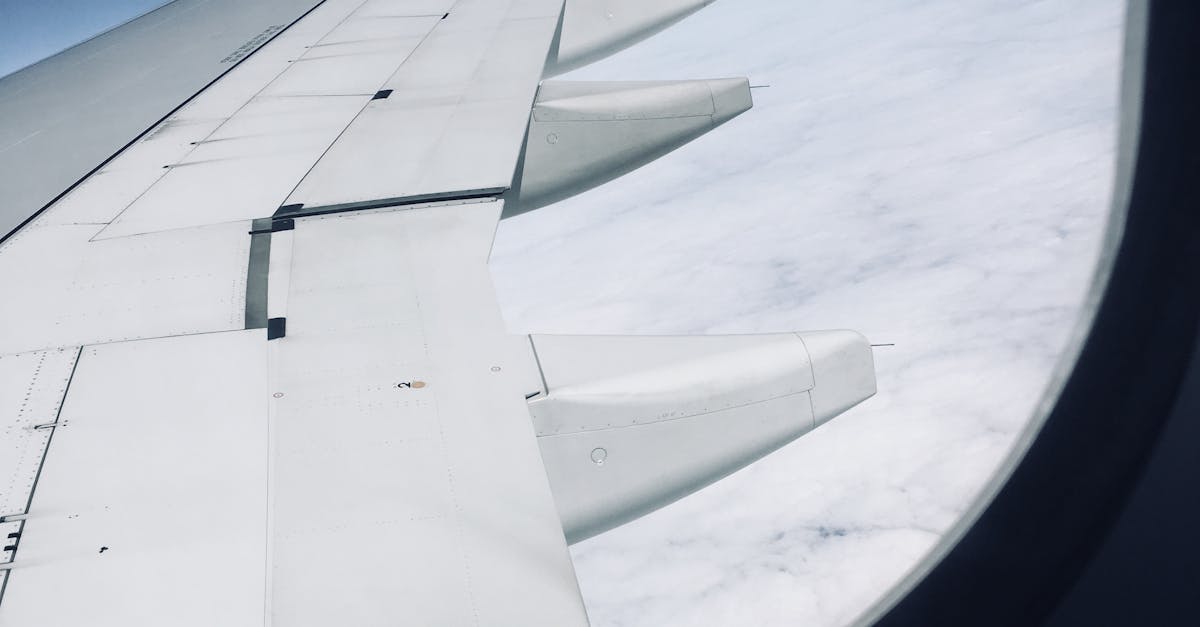Hawaii's travel industry faced another blow this week as both Hawaiian Airlines and Alaska Airlines grappled with tech-related disruptions. Beat of Hawaii reported that a global Microsoft outage was the culprit, causing the second tech failure for Alaska Airlines within a week and the first for Hawaiian Airlines. The immediate impact was felt by passengers through flight delays and complications with check-in procedures.
This latest incident comes after Alaska Airlines had already dealt with a prior IT outage that led to a systemwide ground stop, as reported by Hawaii News Now. This earlier outage affected numerous flights, causing significant disruption for travelers. While Hawaiian Airlines managed to avoid major disruptions during Alaska's initial outage, this time, it wasn't spared, highlighting the interconnected nature of the aviation industry and its reliance on technology.
The implications for Hawaii's business community are significant. Tourism, a cornerstone of the state's economy, is directly affected by flight schedules and the seamless experience of check-ins. Delays and cancellations can lead to lost productivity for business travelers, as well as dissatisfied tourists. Local businesses that depend on tourism revenue, such as hotels, restaurants, and activity providers, could face immediate financial setbacks.
For investors and entrepreneurs in the hospitality sector, these recurring tech issues underscore the need for contingency planning and robust IT infrastructure. The reliance on external providers, such as Microsoft, makes understanding their service agreements and potential points of failure critical. Furthermore, it highlights opportunities for local IT firms specializing in travel and hospitality to offer solutions that can mitigate the impact of such outages or provide backup systems. As the industry faces increasing volatility and technological dependencies, ensuring resilience becomes paramount.
The recurring incidents will likely prompt both airlines to re-evaluate their IT infrastructure and partnerships. This could involve diversifying cloud service providers, investing in more robust backup systems, and developing more effective communication strategies to keep passengers informed during disruptions.



